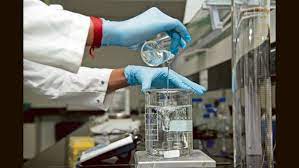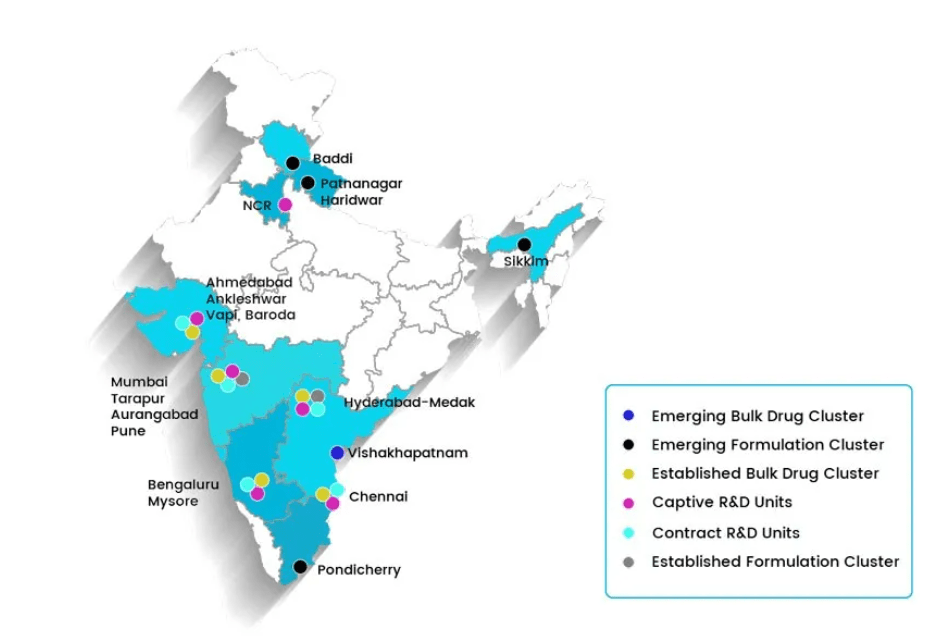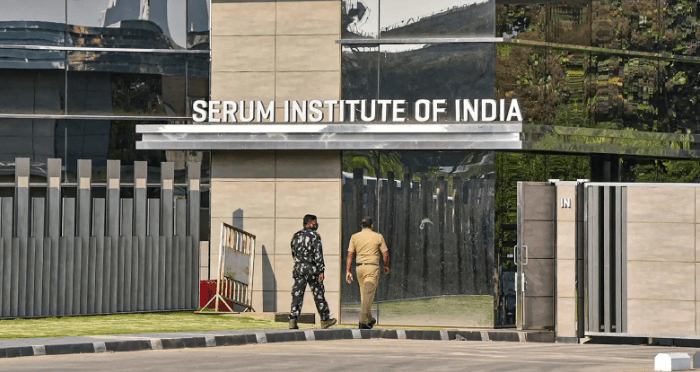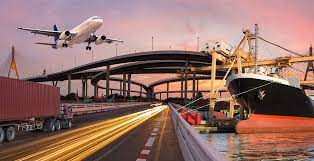The chemical and pharmaceutical industry is a critical sector in India’s economy, contributing significantly to the country’s growth and development. The industry is influenced by several locational factors that determine the success and growth of chemical and pharmaceutical production and trade. In this article, we will explore some of the key locational factors that impact the chemical and pharmaceutical industry in India.

Table of Contents
Access to Raw Materials
The availability of raw materials is a critical factor in the chemical and pharmaceutical industry. Regions with abundant sources of raw materials such as petrochemicals, natural gas, and minerals are ideal for chemical and pharmaceutical production. India has abundant sources of raw materials, with major reserves of coal, natural gas, and minerals such as iron ore, bauxite, and copper. The states of Gujarat, Maharashtra, and Andhra Pradesh have significant reserves of petrochemicals and natural gas, making them ideal for chemical and pharmaceutical production.

Availability of Skilled Labor
The chemical and pharmaceutical industry requires skilled and knowledgeable workers who are essential for the production and development of new products. Regions with access to a skilled workforce are preferred for chemical and pharmaceutical production. India has a large pool of skilled workers, with a strong education system and a focus on science and technology. Regions with established educational institutions, such as Mumbai, Pune, and Hyderabad, are ideal for the industry.

Access to Energy
The chemical and pharmaceutical industry is an energy-intensive sector, and regions with a stable and affordable source of energy are preferred for production. India has an abundant supply of coal, natural gas, and renewable energy sources, making it an attractive location for chemical and pharmaceutical production.

Transportation Infrastructure
The transportation infrastructure plays a crucial role in the chemical and pharmaceutical industry. Regions with well-developed transportation networks, such as railways, roads, and ports, are ideal for production. The major chemical and pharmaceutical producing regions of India, such as Gujarat, Maharashtra, and Tamil Nadu, have access to major transportation hubs, such as the ports of Mumbai, Chennai, and Kandla, which ensure easy transport of raw materials and finished products.

Government Policies
Government policies, such as subsidies and incentives, play a key role in the growth and success of the chemical and pharmaceutical industry. The government policies related to taxation, import and export regulations, and infrastructure development have a significant impact on the industry. In India, the government has taken various steps to promote the growth of the chemical and pharmaceutical industry, such as providing incentives for research and development and promoting the use of eco-friendly technologies.

In conclusion, the chemical and pharmaceutical industry in India is influenced by several locational factors, including access to raw materials, availability of skilled labor, access to energy, transportation infrastructure, and government policies. Understanding these factors is essential for the success and growth of chemical and pharmaceutical production and trade in India.
Thanks for reading the article on Locational Factors of Chemical and Pharmaceutical Industry in India.